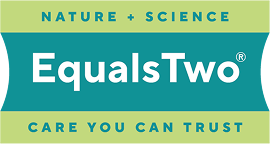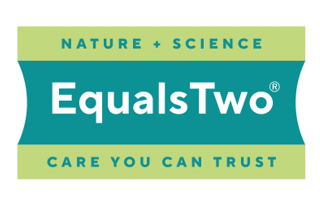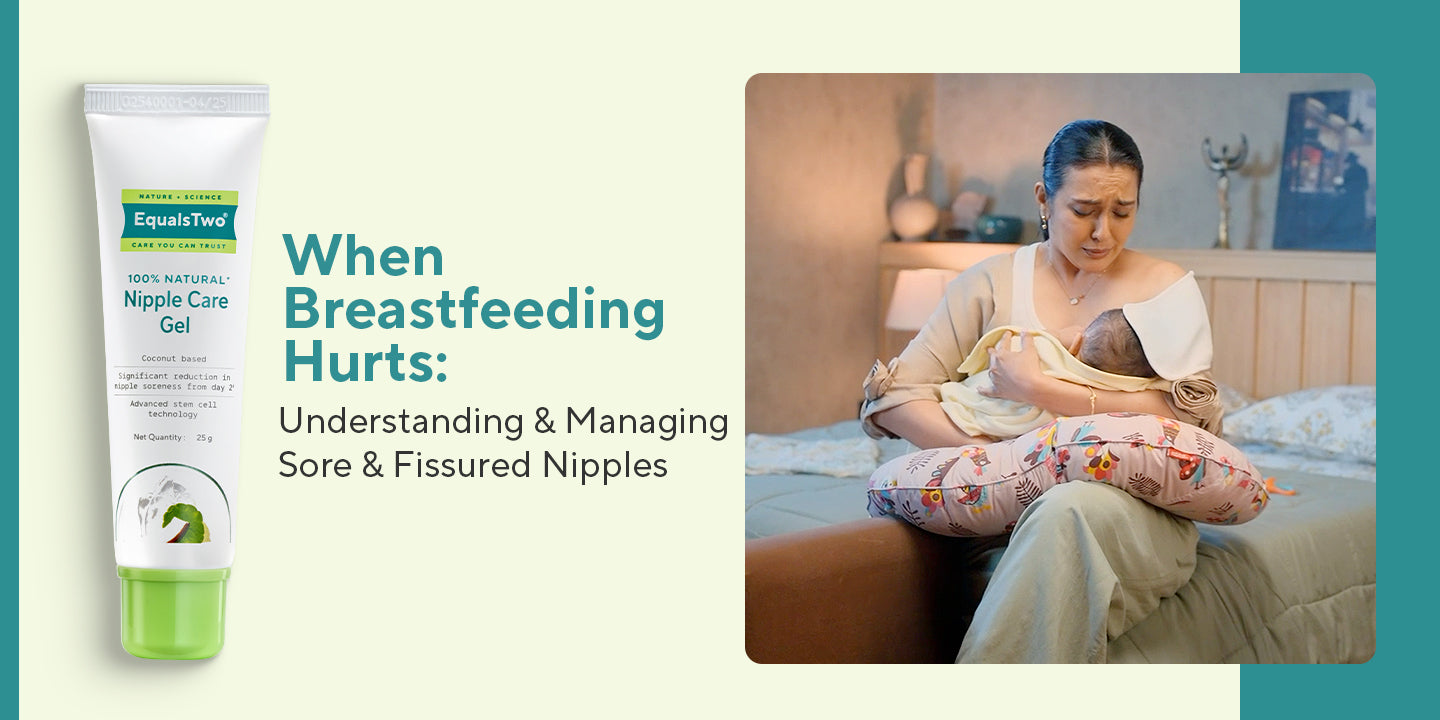Breastfeeding is often seen as a special bond between mother and baby. However, at the beginning of this journey, many women face discomfort and sometimes unbearable pain. Studies indicate that 80 to 90% of breastfeeding mothers experience pain and fissures in their nipples, making it one of the main reasons for stopping breastfeeding early.
Pain isn't only physical; it impacts a mother’s confidence and mental health, affecting the whole breastfeeding experience. Let’s look at what causes sore and fissured nipples and how natural care combined with proper technique can help.
Breastfeeding Week: Awareness Begins with Empathy
As we at EqualsTwo celebrate World Breastfeeding Week (August 1–7), it’s important to shine a light on every part of the breastfeeding journey, including the difficult parts. This global initiative reminds us that breastfeeding isn’t just a nutritional act; it’s a powerful, emotional, and physical commitment. And for many women, the challenges like sore or fissured nipples are very real. Talking about them openly is the first step toward better support, better solutions, and stronger encouragement for mothers everywhere.
Let’s explore why sore nipples happen, how they can be managed, and how natural, science-backed care can make all the difference.
What Are Nipple Fissures?
Nipple fissures are visible skin lesions that show up as cracks, redness, swelling, or blisters on the nipple and surrounding area. These fissures can lead to:
- Severe and sharp nipple pain
- Nipple bleeding
- Decreased milk flow due to reduced oxytocin
- Infections like mastitis or breast abscesses
- Early stopping of breastfeeding
This condition also affects emotional well-being by increasing stress and discomfort for the mother, making it harder to continue breastfeeding.
What Causes It?
Nipple fissures often have multiple causes:
- Improper latch
- Infant’s short frenulum
- Lack of moisture or excessive dryness of the nipple
- Skin infections from contact with bacteria from the mother or baby
Frequent feeding can create repeated trauma, making healing harder. This is why prompt care and prevention are crucial.
How Is Pain and Severity Measured?
Nipple Trauma Score (NTS) measures visible damage to the nipple. Pain Score measures the intensity of pain experienced. These tools assist in guiding treatment and figuring out the severity of the issue.
How Can It Be Managed?
Managing sore nipples is tricky since the area regularly experiences suckling and friction. However, several strategies can help:
Correct Breastfeeding Techniques
Using proper positions and achieving a good latch can prevent nipple trauma. According to UNICEF, signs of a good latch include:
- To ensure the baby’s mouth is wide open
- Chin touching the breast
- More of the areola is visible above the upper lip
- No pain for the mother
- Lower lip flanged outward
Common positions like cradle hold, cross-cradle, side-lying, and football hold can improve latch and lessen nipple strain.
Keep Nipples Clean and Dry
Both the WHO and UNICEF recommend keeping the nipple area dry, applying breast milk or Natural Nipple Healing Gels under expert guidance to aid healing, and avoiding harsh chemicals in personal care products (4).
Use Natural Topical Care
Topical treatments with botanical and natural ingredients are becoming popular for their safety and effectiveness. Opt for chemical-free products that promote healing and are safe for both mother and baby.
Effective plant-based ingredients for nipple care include:
- Centella Asiatica – Promotes collagen production and healing
- Ceratonia Siliqua (Carob) – Supports skin layer regeneration
- Cococin – Aids cell growth and wound repair
- Itch-Rash Blend – Has anti-inflammatory properties that help reduce histamine activity
A 2022 review highlighted botanical therapies as effective and safe for managing skin issues, including nipple fissures.
Prevention is Better Than Cure
Nipple fissures can worsen from discomfort to infection if untreated. Postpartum care should prioritize nipple health, benefiting both the mother’s comfort and ensuring continuous breastfeeding.
Prevention Tips
- Ensure good latching from Day 1
- Keep skin moisturized with natural, safe products
- Allow nipples to air-dry after feeding
- Seek help early if the pain continues
Final Thoughts: Pain Doesn’t Have to End the Journey
Breastfeeding is beautiful, but it's also real, and sometimes, it hurts. As we honour Breastfeeding Week, let’s normalize conversations around challenges like nipple pain. Let’s remind every mother that seeking help isn’t weakness, it’s wisdom. With the right care, support, and gentle products, healing is possible, and breastfeeding can become the nurturing experience as it’s meant to be.
References:
- Niazi A, et al., Journal of Pharmacopuncture, 2018
- Douglas P., Women's Health, 2022
- Abdullah AIS, et al., MNJ, 2019
- Saffari M, et al., Jundishapur J Nat Pharm Prod, 2022
- Doğan Merih Y, et al., Complementary Therapies in Clinical Practice, 2021
- UNICEF Breastfeeding Guide, 2024
- Wang T, et al., Front Med (Lausanne), 2022
- Bylka W, et al., Postepy Dermatol Alergol, 2013
- Dahmani W, et al., Plants, 2022



